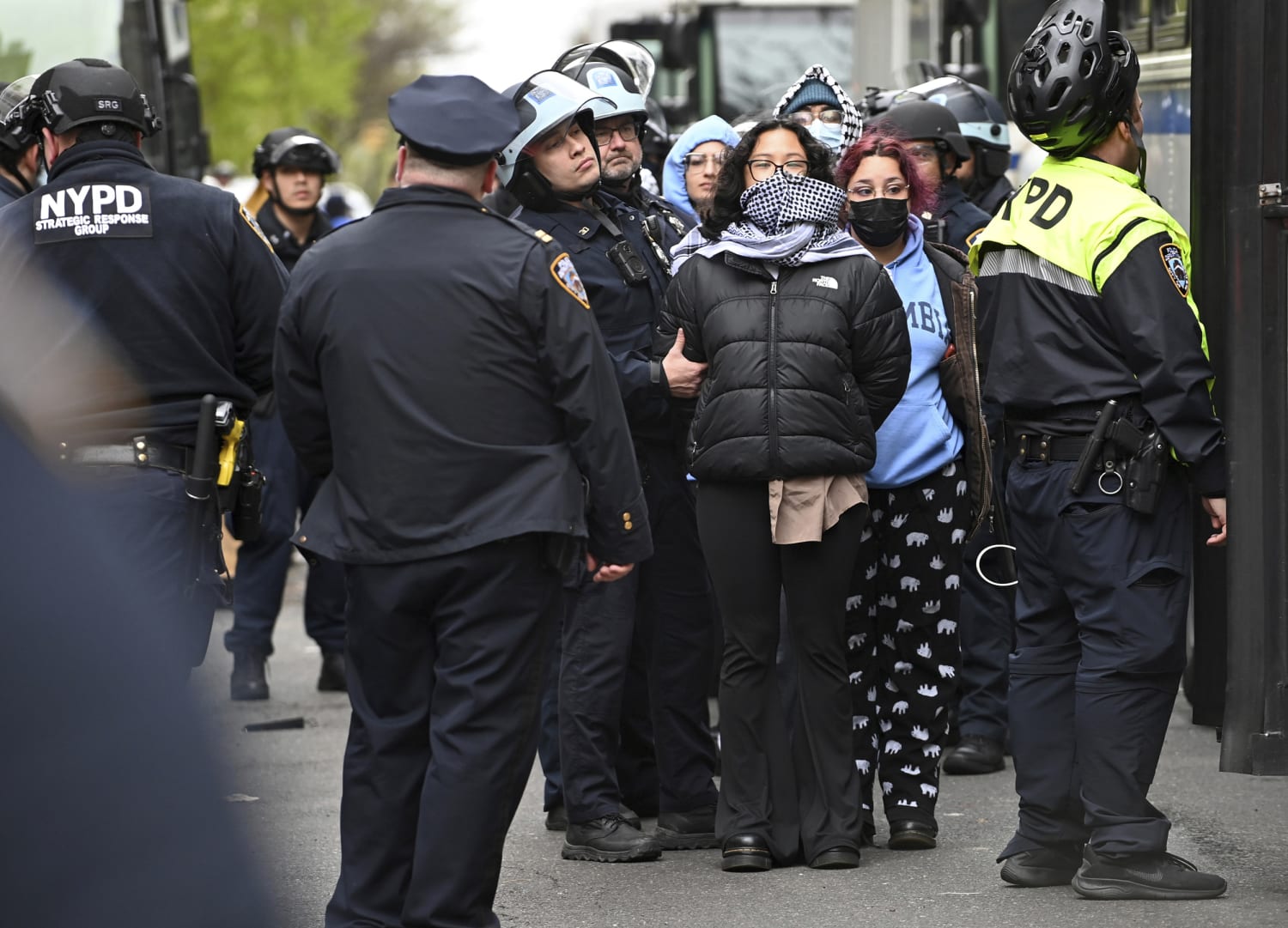The article delves into the recent activism at Columbia University, highlighting the university’s response to student protests against its involvement in the Palestinian genocide. It begins with the occupation of Hamilton Hall by students demanding divestment from Israel, amnesty, and transparency regarding university investments.
Columbia’s president, Minouche Shafik, responded with a heavy police presence, including riot gear and arrests, echoing a similar incident just days before involving an encampment on the university’s South Lawn East.
The article contextualizes these events within a broader history of selective policing at Columbia, targeting minority students, activists, and Harlem residents. Examples dating back to the 1920s illustrate this pattern, such as the burning of a cross to protest a Black student’s presence and the university’s inadequate response to threats against him. Similar incidents of violence against Jewish students and activists in the 1930s and 1940s went largely unaddressed by the administration.
Instances of campus protests, such as the 1935 National Student Strike Against War and student-led demonstrations against fascism, were met with administrative resistance and even violence from counter-protesters. The article details how Columbia failed to protect students from fascist threats and violence despite clear evidence of such dangers.

The article also highlights instances of violence against LGBTQ+ students, including a cross burning aimed at the Student Homophile League and administrative criticism of LGBTQ+ organizing. Additionally, it discusses the university’s response to protests against the Vietnam War in the late 1960s, where over 700 student activists were arrested amid mass demonstrations.
Columbia’s history of violence extends beyond campus, with calls for increased policing in Harlem following incidents such as a professor’s murder in 1972. Despite this, violent crimes against non-affiliates received little attention or response from the university and police, illustrating a prioritization of campus safety over that of the surrounding community.
The article concludes with more recent examples of activism, including protests for divestment from apartheid South Africa, the creation of an Ethnic Studies Department, and solidarity with Palestine. It criticizes the university’s collaboration with the NYPD, particularly in response to the murder of a Barnard College student, and emphasizes the importance of recognizing this history of hostility towards peaceful protest and minority students.
The article provides a comprehensive overview of Columbia University’s history of violence and selective policing in response to activism, urging readers to consider the implications of militarized responses and to stand against such violence both locally and globally.

